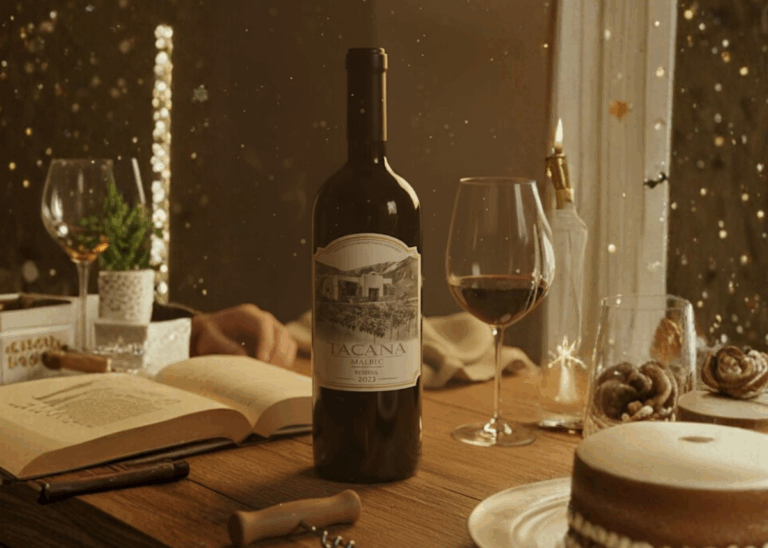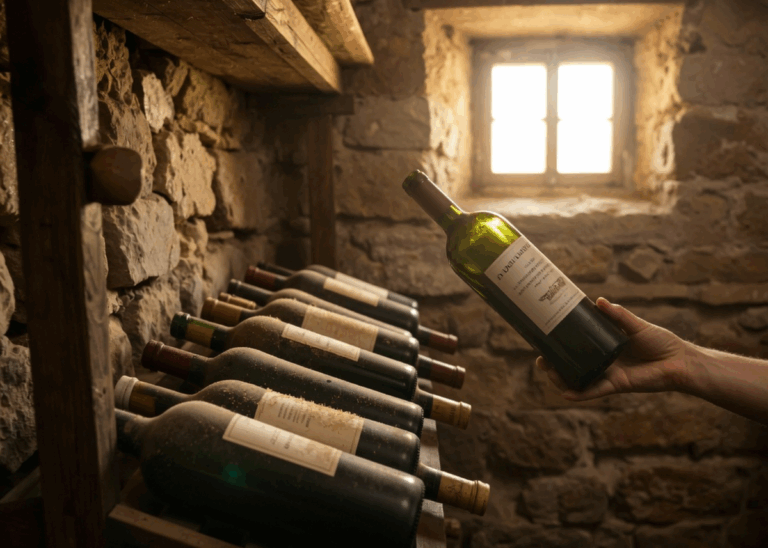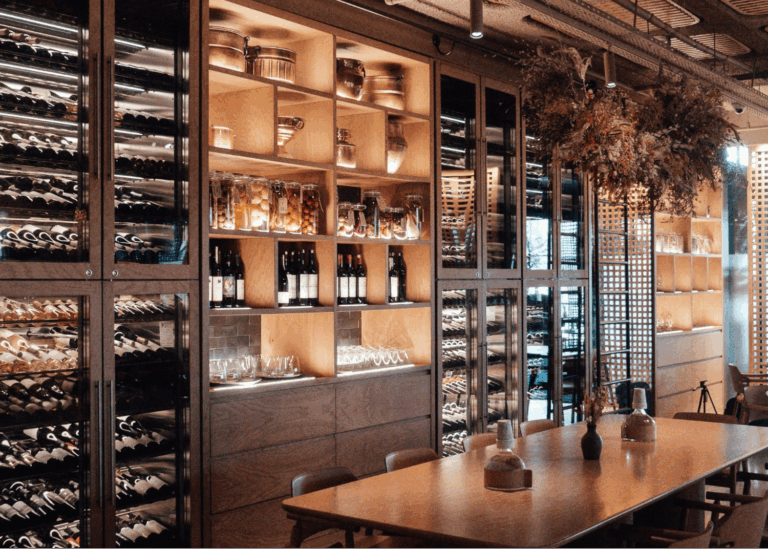[et_pb_section fb_built=”1″ _builder_version=”4.3.2″][et_pb_row _builder_version=”4.3.2″][et_pb_column type=”4_4″ _builder_version=”4.3.2″][et_pb_text _builder_version=”4.3.2″]
By the 1960s, there were zero wineries in Virginia, zero in Oregon, only 15 in Washington state, and barely 100 in California (compared to over 3,000 today).
70 years earlier, Virginia had been producing the best wines in the world. Meanwhile, Californian “Burgundies” were taking London by storm.
The common misconception is that until the vinicultural revolution at UC Davis in the 60s and 70s, Americans could not make a decent wine, and furthermore, that American consumers had no interest in the stuff anyway.
The truth is that the American wine industry – birthed by Spanish missionaries in the 1600s – was on track to rival any found in Europe.
And then Prohibition happened.
More on that in a moment… But first, what are you drinking on the 4th of July? This week, our resident wine expert, Julien Miquel, teaches us about hot weather wines… from rosés you can drop an ice cube in… to crisp, thirst-quenching reds (think pinot noir & gamay)… to the perfect whites, and much more…
[/et_pb_text][et_pb_video src=”https://www.youtube.com/watch?v=AbXsm3kHYI0&feature=youtu.be” _builder_version=”4.3.2″ hover_enabled=”0″ width=”75%” width_last_edited=”on|phone” width_tablet=”85%” width_phone=”95%” module_alignment=”center”][/et_pb_video][et_pb_text _builder_version=”4.3.2″]
A (Brief) History of American Wine (continued)
It was the Vikings who, upon discovering North America in 1000 AD, dubbed the place Vinland. European visitors five hundred years ago also noticed the ubiquity of indigenous vines, leading to many failed experiments at planting European varietals. Thomas Jefferson was among those forced to watch their precious French vines die again and again, attacked by some unnamed pestilence (later to be identified as the infamous phylloxera).
The breakthrough in American winemaking came from that most American of sources: the gold rush. In the mid 19th century, carpenter James Marshall discovered the goldfields of northeastern California. Ultimately, 300,000 people would travel out west seeking gold.
The gold rush eventually ended, as all bubbles do. But it left in its wake many thousands of newly arrived European immigrants who had traveled west – to California, Oregon, and Washington – bringing with them generations of winemaking know-how.
By the time the States were ratifying the 18th Amendment, American winemakers were producing the best wines in the world, often from vines ‘cloned’ from Burgundy’s top terroirs. Just a few short years later, these winemakers would be ripping out their vines altogether as the country became “dry.”
Not all vintners threw in the towel – some got clever and eked out a living selling bricks of pre-crushed grapes with the admonition: “Do not mix with water and sugar in a container and let sit. An illegal alcoholic beverage will result.”
Still, even on the grey or black markets, wine was a hard sell. Distilled spirits, at more than twice the alcohol content, were a far more tempting prospect for bootleggers and buyers alike.
Even with the repeal of Prohibition, winemakers had trouble winning back market share as American tastes had, by then, shifted. The deathblow came in the mid-1930s in the form of the beer can.
It was in the wake of a second “gold rush” that America’s wine industry would find itself reborn – as the country’s best and brightest began to head out west again, searching not for gold this time, but silicon chips.
To be continued…
The Wine Explorer
[/et_pb_text][/et_pb_column][/et_pb_row][/et_pb_section]



